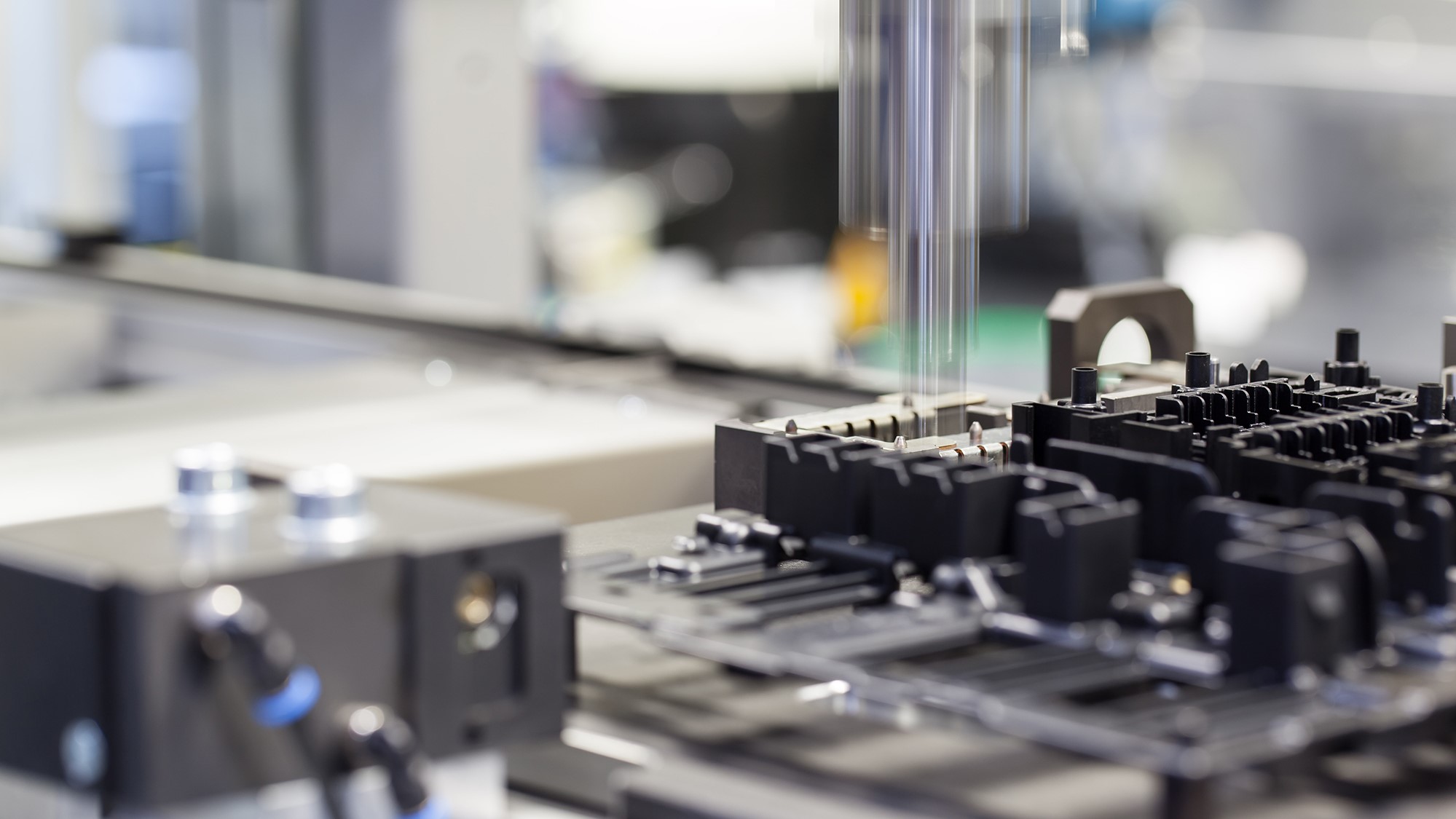The application of lithium-ion batteries has greatly improved people’s lifestyles. However, with the rapid development of modern society, people are demanding higher and higher charging speeds, so the research on the rapid charging of lithium-ion batteries is extremely important. This high-energy-density lithium-ion battery fast charging technology will have broad application prospects in mobile electronic devices, high-power electric tools, and electric vehicles. However, the current fast charging research has been hindered by many obstacles, such as lithium evolution on the negative electrode side. In order to improve the fast charging performance of lithium-ion batteries, we must fully understand the changes in electrode materials during the positive and negative processes.
Recently, Dr. Tanvir R. Tanim from the United States published related research papers. This article combines electrochemical analysis, failure models and characterization after testing to study the effects of rapid charging (XFC) on cathode materials at multiple scales. The experimental samples include 41 G/NMC pouch batteries. Fast charge rate (1-9 C) and cycle up to 1000 times in charge state. It was found that during the early cycle, the problem of the positive electrode was very small, but at the end of the battery’s life, the positive electrode appeared obvious cracks and accompanied by the fatigue mechanism, the positive electrode failure began to accelerate. During the cycle, the main structure of the positive electrode remains intact, but it can be observed that the particles on the surface are restructured significantly.
Through analysis, it can be found that even at a very low rate, a higher charge depth will cause the cathode capacity to decline. This is mainly because the high charging depth causes the stress generated inside the positive electrode particles to increase, so the deformation that it undergoes is also greater, resulting in greater damage per cycle.
Post time: Nov-29-2021






